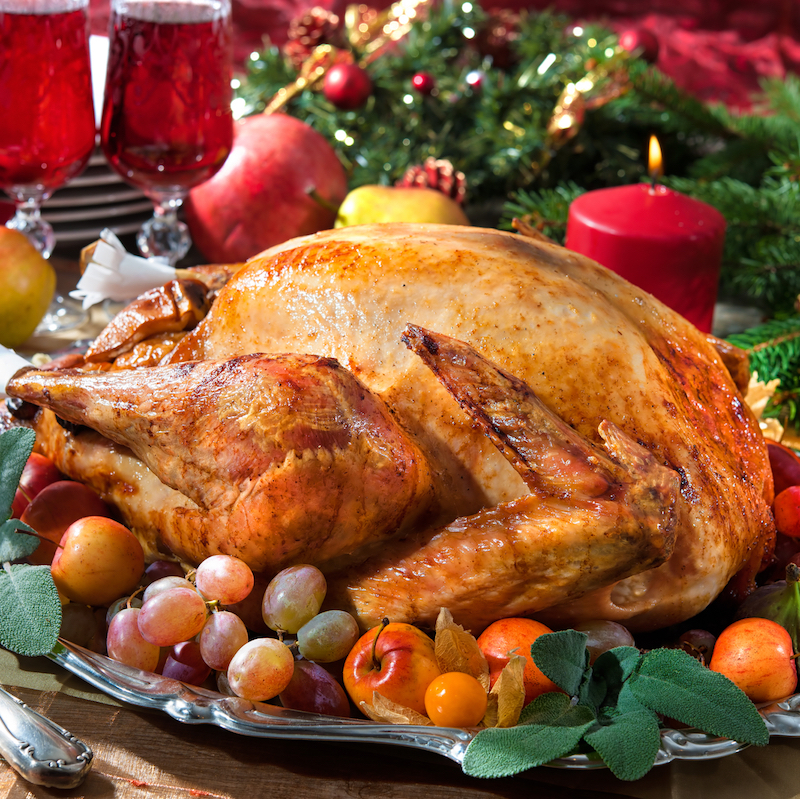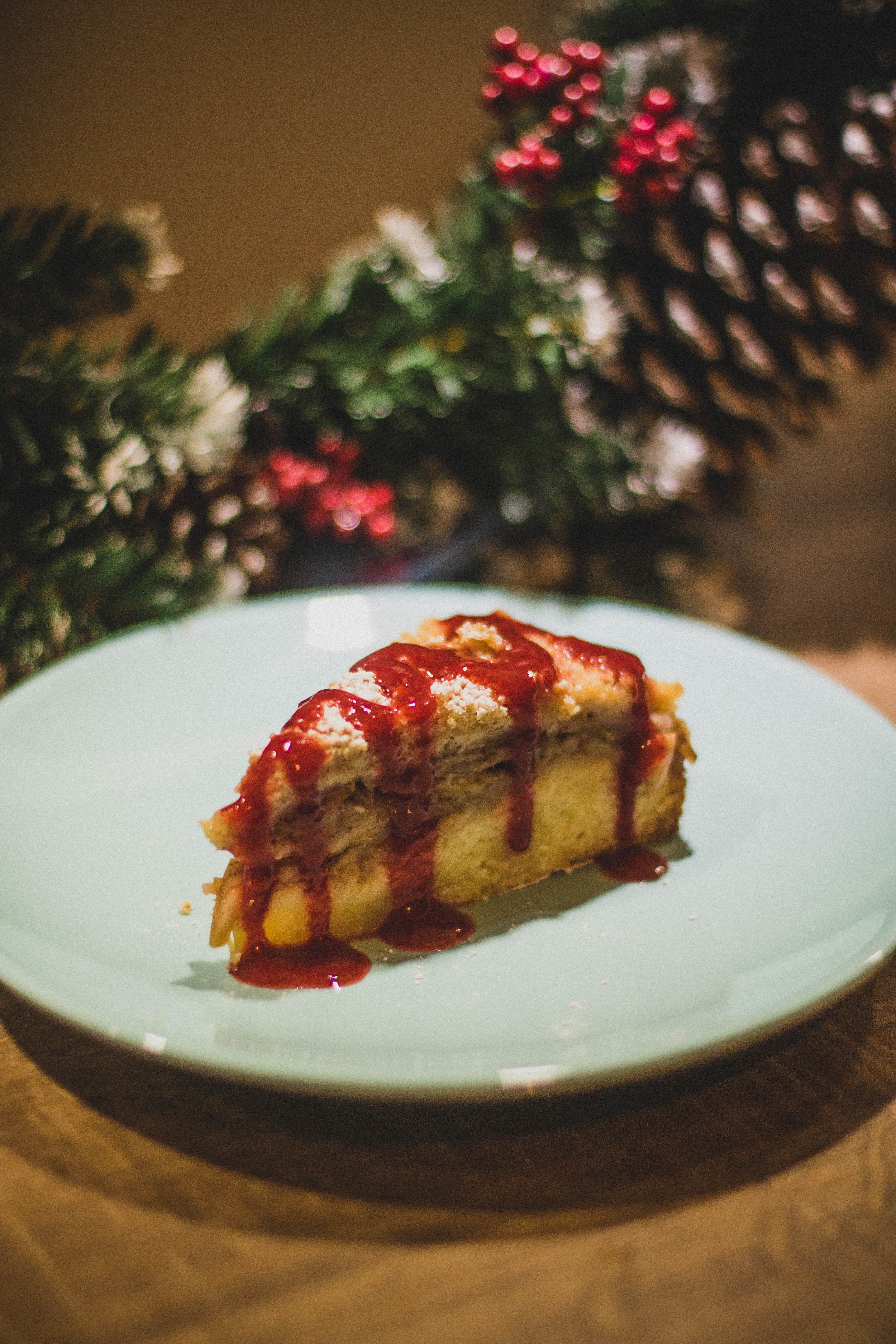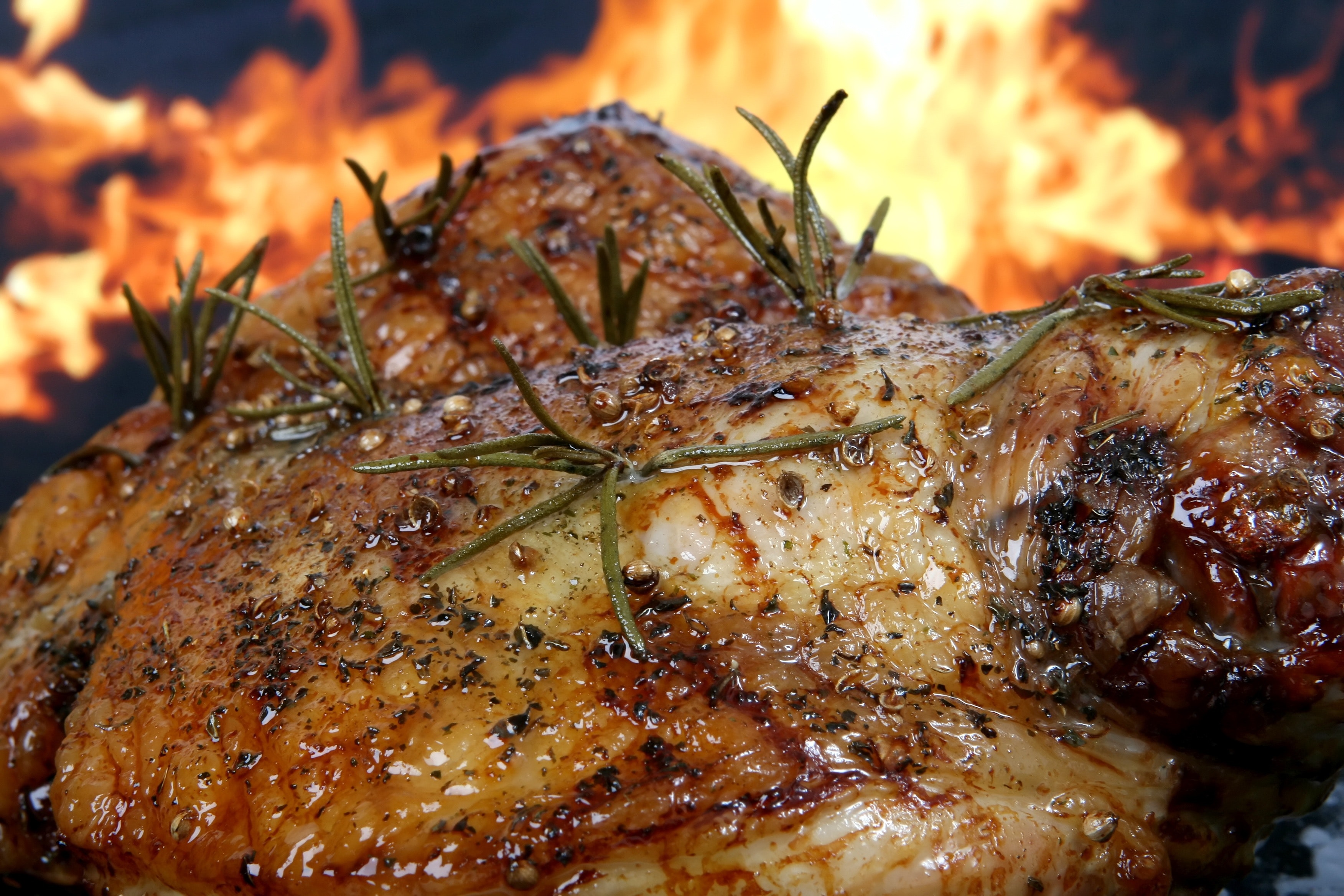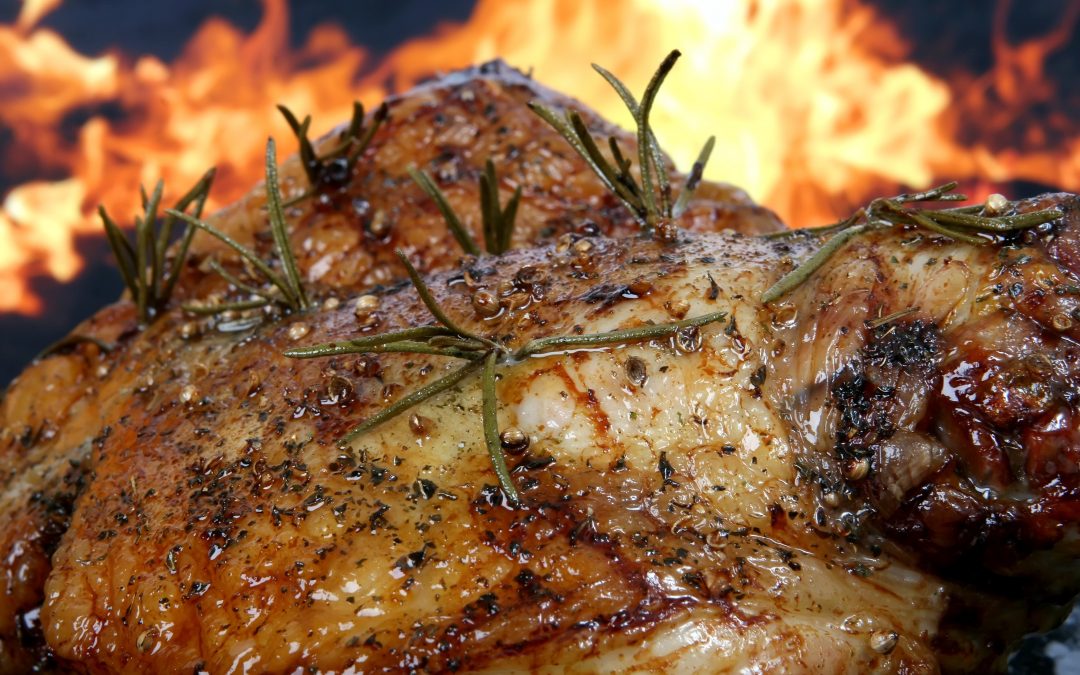Chefs are taking over television and home chefs are trying to out do one another and other family members. How about you take your turn at earning top prize for cooking a Christmas goose! It can be done and without much more effort than cooking a turkey.
Tell your friends and family that you’re trying something new — Christmas goose! Yes, just like they ate in many traditional Christmas stories: Charles Dickens’ classic A Christmas Carol where Scrooge along with the Ghost of Christmas Present look on as Bob Cratchit and his family tuck in and enjoy a delicious roast goose for Christmas.
If you’re “turkey-ed out” because of Thanksgiving or if you simply want to try your hand at something unique and new, this Christmas goose dinner prep article is for you!
Cook A Traditional Christmas Goose

You don’t have to be afraid of cooking a goose.
- They can be easily found in specialty markets
- They aren’t any more expensive than a turkey — pound for pound
- It’s not as high a fat content as you may have heard
Here are reasons to cook a goose for your holiday dinner
Geese are harvested after the weather has hitten the below freezing market. Geese on the market today are not “forced” into maturity by overfeeding or by pumping them full of chemicals and medications so they appear plump and ready.
The’re not hard to cook. Turkeys are fickle when you cook them. Because they have a lower fat content they have the propensity to be dry. A goose, because it has a higher fat content, is moister and more flavorful. A goose doesn’t have to be marinated or brined to be flavorful.
Goose fat renders at a lower temperature and that means it is easier to cook. This is ideal if you want to try your hand at cooking a goose on the grill. It won’t take as long to cook and you won’t have to spend as much time in the kitchen, or at the grill, with it.
If you’re serving goose, now is the time to try out other unique side dishes — apples, figs, plums and roasted chestnuts. Roasted goose also pairs well with a dark red wine.
How to choose the Christmas goose
- Choose from a “dry” goose or a “wet” goose. The difference is based on how the geese are stored and dressed. A dry goose uses wax to get rid of the feathers and are left to hang. A wet goose is plucked by immersion in hot water then it is stored in a bag until sold. Dry geese are usually found in specialty butcher shops; wet geese in supermarkets.
- Look for a goose that has a creamy, white cap of fat.
- Choose a goose with the allowance of 1 and a half to two pounds of goose per person — much of the weight is fat that will render out during cooking.
- If you buy your goose from a butcher, ask him to remove the wishbone and trim off excess fat. It will make prep and cooking easier for you.
 Goose grill prep
Goose grill prep
- Make sure the bird is room temperature.
- Pat the skin dry
- Pierce the skin with a fork to help the marinate penetrate faster and as a way for the fat to escape during cooking.
- A goose marinade can be simple: salt, pepper and butter. Viola.
- Tie the wings and legs against the body.
Prepare the grill
- Build a bed of coals and then rake it over to one side since you will be using indirect heat to grill your Christmas goose.
- Pre-heat the grill to 350 degrees Fahrenheit.
- If you want to give your roasted Christmas goose a smoky flavor, preheat your outdoor grill up to 400 degrees Fahrenheit and then add a few pieces of hardwood like apple and then close the lid for the smoke to build up.
- Reduce the heat to 350 degrees Fahrenheit.
Grill the goose
 If your outdoor grill comes with a rotisserie, insert the spit through the goose’s body and then place the spit into the rotisserie motor. Otherwise, raise the rack of your grill with a stand or some tight aluminum foil balls.
If your outdoor grill comes with a rotisserie, insert the spit through the goose’s body and then place the spit into the rotisserie motor. Otherwise, raise the rack of your grill with a stand or some tight aluminum foil balls.
- Place a pan beneath the goose to collect the fat. This helps avoid flare-ups that can cause your goose to burn while grilling, and can be used in the stuffing and gravy.
- Close the lid of your outdoor grill and allow the goose to grill for an hour. Then, open the lid and ladle out most of the fat from the pan.
- Turn the goose over and allow this to grill for another 90 minutes to two hours.
- Check if the goose is done by inserting an instant-read thermometer into the thickest part of the thigh. When the thermometer reads 165 degrees, take your goose out and place this on a dish before covering it with aluminum foil.
- Let the bird rest for 15 minutes to allow the juices to be absorbed again before serving it.
Plate your goose on a holiday-centric platter surrounded by cherries, apple and fig slices, roasted chestnuts and a sprinkle of pine nuts. Your guests will share the word far and wide about your goose grilling prowess.
How how will you top yourself the following year?!

